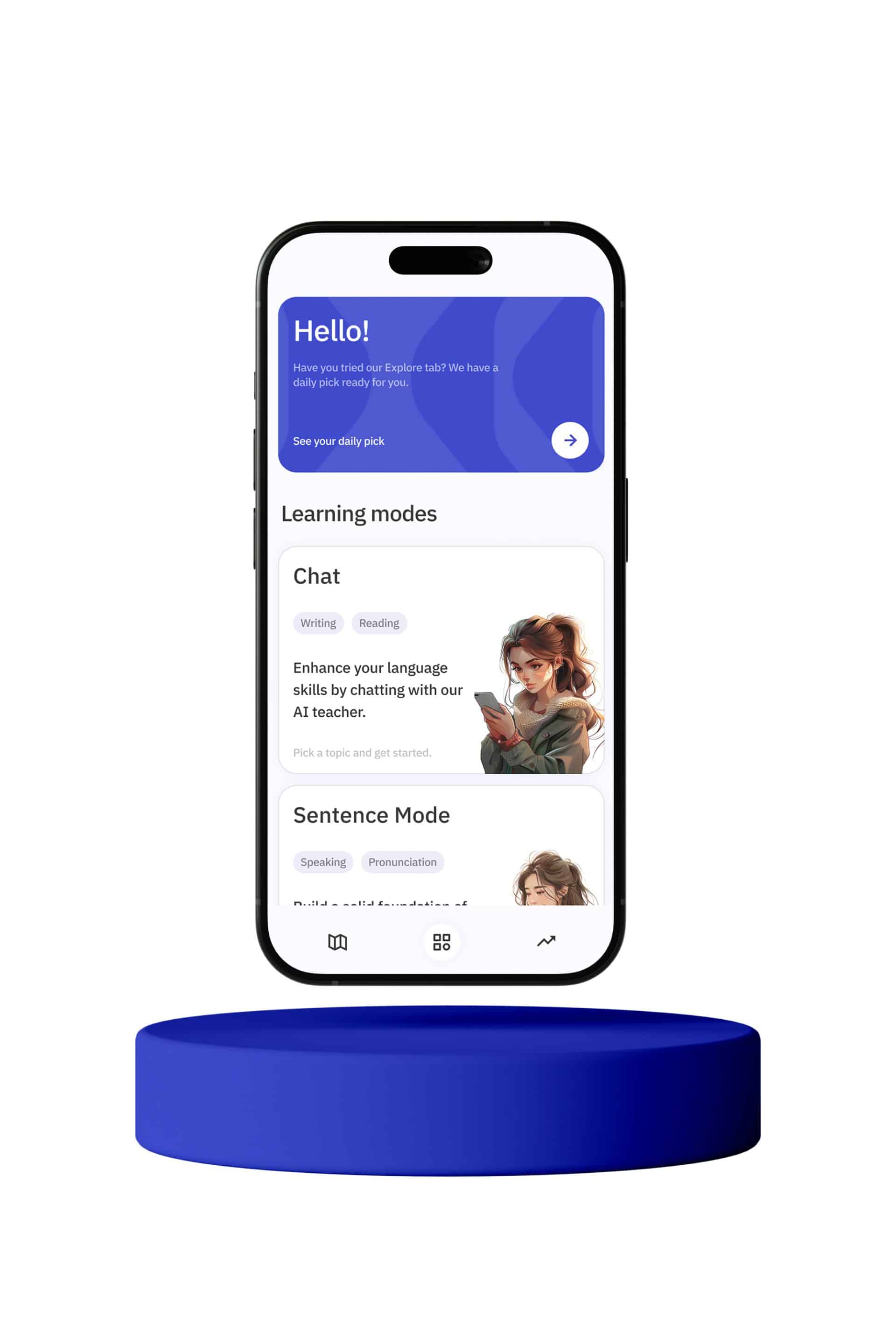Prepositions are vital components of any language, serving as connectors that link nouns, pronouns, and phrases to other words within a sentence. Among the various functions they perform, one of the most crucial is indicating possession. For English learners, mastering prepositions that convey ownership and possession can be particularly challenging, yet it is essential for achieving fluency and precision in communication. In this article, we will delve into the intricacies of prepositions indicating possession, exploring their usage, rules, and common pitfalls.
Basic Prepositions Indicating Possession
The most straightforward and commonly used preposition to indicate possession in English is “of.” This preposition is used to show that something belongs to someone or something else. For example:
– The cover of the book is torn.
– The decision of the committee was unanimous.
Another common preposition used to denote possession is “with.” Unlike “of,” which often implies ownership, “with” can suggest that something is carried by or accompanied by someone or something:
– The man with the hat is my uncle.
– She arrived with her suitcase.
Using “Of” for Possession
The preposition “of” is most frequently used to show a relationship between two nouns, indicating that one noun belongs to the other. Here are some detailed examples:
– The door of the car: This phrase indicates that the door belongs to the car.
– The color of the sky: This phrase shows that the color is associated with the sky.
While “of” is versatile, it is particularly useful in formal or written English. It is worth noting that in everyday spoken English, possessive forms using apostrophes (e.g., “the car’s door”) are more common.
Using “With” for Possession
The preposition “with” is typically used to indicate that something is in the possession of someone or something at a given time. It can also imply accompaniment:
– The child with the red balloon: This implies the child possesses the red balloon.
– A house with a garden: This suggests that the house includes a garden as part of its property.
While “with” can denote possession, it is often more about association or accompaniment rather than strict ownership.
Advanced Prepositions Indicating Possession
Beyond “of” and “with,” English also employs more complex prepositional phrases to indicate possession. These include “belonging to,” “owned by,” and “possessed by.”
Belonging to
The phrase “belonging to” is used to indicate that something is the property of someone or something:
– The keys belonging to Mr. Smith were found in the garden.
– The documents belonging to the company are confidential.
This phrase is particularly useful for emphasizing the legal or formal ownership of an item.
Owned by
Similar to “belonging to,” the phrase “owned by” explicitly states that one entity possesses another:
– The mansion owned by the billionaire is located on the hill.
– The car owned by my sister is very reliable.
“Owned by” is often used in contexts where the ownership is well-defined and legally recognized.
Possessed by
The phrase “possessed by” can also be used to indicate ownership, although it is more formal and less commonly used in everyday conversation:
– The ancient artifacts possessed by the museum are priceless.
– The land possessed by the royal family has historical significance.
“Possessed by” often conveys a sense of enduring or historical ownership.
Common Pitfalls and Mistakes
Learning to use prepositions indicating possession correctly can be tricky, and even advanced learners can stumble over some common pitfalls. Here are a few mistakes to watch out for:
Overusing “Of”
While “of” is incredibly useful, overreliance on this preposition can make your English sound unnatural or overly formal. For example:
– The book of John (incorrect) vs. John’s book (correct)
– The house of my friend (incorrect) vs. My friend’s house (correct)
In many cases, especially in spoken English, it is more natural to use possessive forms with apostrophes.
Confusing “With” and “Of”
“With” and “of” can sometimes be confusing for learners because they can both indicate possession in certain contexts. However, their usage is not always interchangeable. For example:
– The man with the keys (correct) vs. The man of the keys (incorrect)
– The cover of the book (correct) vs. The cover with the book (incorrect)
Understanding the context and the specific relationship between the nouns will help you choose the correct preposition.
Using Double Possessives
In English, it is possible to use double possessives, which combine the preposition “of” with a possessive form. However, this structure is often unnecessary and can be confusing:
– A friend of John’s (correct, but less common)
– John’s friend (more natural)
While double possessives are not grammatically incorrect, they can often be simplified for clarity.
Exercises and Practice
To master prepositions indicating possession, it is essential to practice through exercises and real-life usage. Here are a few exercises to help reinforce your understanding:
Exercise 1: Fill in the Blanks
Complete the following sentences with the correct preposition indicating possession:
1. The painting ______ the artist is on display.
2. The dog ______ the brown fur is very friendly.
3. The windows ______ the house need cleaning.
4. The car ______ my neighbor is parked outside.
5. The keys ______ my office are missing.
Exercise 2: Rewrite Sentences
Rewrite the following sentences to use a different preposition indicating possession:
1. The cover of the book is blue.
2. The man with the umbrella is waiting.
3. The house belonging to the Smiths is large.
4. The documents owned by the company are important.
5. The artifacts possessed by the museum are ancient.
Exercise 3: Correct the Mistakes
Identify and correct the mistakes in the following sentences:
1. The car of my friend is very fast.
2. The girl of the red dress is my sister.
3. The laptop with John is broken.
4. The decision with the committee was final.
5. The phone of the table is ringing.
Conclusion
Prepositions indicating possession are fundamental to expressing ownership and relationships between nouns in English. While “of” and “with” are the most commonly used prepositions for this purpose, more complex phrases like “belonging to,” “owned by,” and “possessed by” also play a crucial role. By understanding the nuances of these prepositions and practicing their usage, English learners can improve their fluency and accuracy in communication. Remember to be mindful of common pitfalls, such as overusing “of” or confusing “with” and “of,” and always aim for clarity and naturalness in your expressions. Happy learning!








